Featured Panoramic Photo Above:
1912 National League Champion New York Giants
(Player IDs available upon request)
Baseball History Comes Alive Now Ranked #2 by Feedspot Among All Internet Baseball History Websites and Blogs!
Guest Submissions from Our Readers Always Welcome!
Scroll Down to Read Today’s Essay
Subscribe to Baseball History Comes Alive for automatic updates.
As a Free Bonus, you’ll get access to my Special Report: Gary’s Handy Dandy World Series Reference Guide!
Ken Boyer Photo Gallery
Hall of Fame Classic Era Committee Meets on December 8.
I’m Pulling for Dick Allen…and Ken Boyer!
“Ken Boyer did everything well, hitting for power and average and playing Gold-Glove defense. So why is he not in the Hall of Fame? Because third base is probably the most underrepresented position in the Hall. It’s just hard to get in as a third baseman.” -Eddie Daniels, Author of: Hall of Fame Corrected
As some of you may know, the Classic Era Committee meets one week from today to make selections for the Hall of Fame. Among the eight candidates under consideration are Dick Allen and Ken Boyer. Here on Baseball History Comes Alive, I’ve been making the case for the great slugger, Dick Allen, who lost out by one single vote each of the last two times he was on the ballot. So I’m hoping that this will be Dick’s year. But it’s also time to show support for another outstanding candidate, Ken Boyer, also very deserving of the honor.
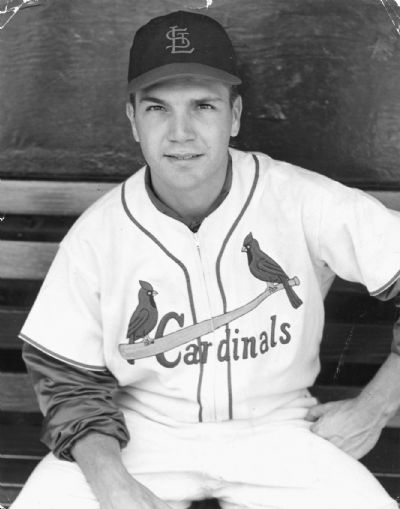
I recently read an interesting book, “The Hall of Fame Corrected.” The author, Eddie Daniels, goes through every player in the Hall and makes the case either for or against his qualifications for inclusion. He makes his evaluations based not only on the traditional stats like batting average, home runs, and RBIs, but he also uses some of the newer metrics, like Wins Above Replacement (WAR), Win Shares (WS), and On-base Plus Slugging Adjusted (OPS+). In addition, he identifies players who he thinks should be in but are not. Among those is Ken Boyer.
Daniels also makes it very clear that third base is, in his words, “the Hall of Fame’s biggest mess,” adding:
“Not only does it have the fewest inductees of any position, with 16, but the Hall has several third basemen with weak qualifications. The expectations for third basemen have changed more than with any other position besides pitcher. In the early days of the game, third base was a defense-first position, where any offense was a bonus. Only after World War II did third base’s hitting profile evolve into the sort of ‘first base lite’ that it is today.”
I tend to agree with this assessment.
Evaluating the third baseman in the Hall, he has no problem kicking out George Kell and Freddie Lindstrom and has Pie Trayor on life support. He then makes a convincing case that Ken Boyer should be in. This caught my attention. And since Ken Boyer is our friend Don Stokes’ favorite player – I thought this was a good time to take a closer look at his career.
Ken Boyer’s Career Statistics
Ken Boyer played 15 years in the majors with the Cardinals (1955-65), the Mets (1966-67), White Sox (1967-68), and the Dodgers (1968-69). Over his career, he hit .287 with 2143 hits, 282 home runs, 1141 RBI, 1104 runs, 318 doubles, 68 triples and 105 stolen bases. Boyer had 11 All-Star selections, was a five-time Gold Glove winner, and was the National League MVP in 1964, leading the Cardinals to a World Series championship. He hit over .300 five times, hit over 20 home runs eight times, and retired with the third-highest slugging average ever by a third baseman (.462). He drove in 90 runs eight times and is still the only Cardinal to hit for the cycle twice. Boyer’s 12 career walk-off hits remain the most for any player since 1950.
Defensively, the 6’ 1” Boyer led the National League in double plays five times and in fielding average once, and retired among the all-time leaders in games (sixth, 1785), assists (sixth, 3652) and double plays (third, 355). His career OPS+ of 116 places him well above average for third baseman in the Hall of Fame. Both his career WAR and WS rate him 12th all-time at the hot corner. Historian Bill James also ranks him 12th all-time.
His brothers, Clete and Cloyd also made it to the major leagues. Upon Clete’s retirement in 1971, the Boyers’ 444 career home runs (282 by Ken, 162 by Clete) were the fourth most in major league history by two brothers, behind Hank and Tommie Aaron (768) and the separate pairings of Joe DiMaggio with his brothers Vince (486) and Dom (448).
So why is Ken Boyer not in the Hall of Fame?
His career numbers certainly make a strong case. One stumbling block is that his career wasn’t terrifically long, totaling 8272 PAs mainly due to losing his age-22 and age-23 seasons to military service. According to author Daniels:
“The major factor behind his non-selection is the old third baseman’s conundrum. People look at his career totals and say “not quite.” If he had the same record as a second baseman, they would likely say “for sure!” But we have unrealistic expectations for third-base offense, as I’ve discussed.”
Let’s hope that this is the year for both Dick Allen and Ken Boyer!
Ken Boyer was inducted into the Cardinals Hall of Fame in 2014 and his #14 has been retired by the Cardinals. He passed away in 1982 at the age of 51.
Gary Livacari
We’d love to hear what you think about this or any other related baseball history topic…please leave comments below.
Photo Credits: All found on Google Search
Information: Excerpts edited from “The Hall of Fame Corrected,” by Eddie Daniels; and the Ken Boyer Wikipedia page. Statistics: From the Ken Boyer page on Baseball-Reference.com
Subscribe to Baseball History Comes Alive to receive email updates. FREE BONUS for subscribing: Gary’s Handy Dandy World Series Reference Guide. The site has over 1500 fully categorized baseball essays and photo galleries, now surpassing the one million hits mark with over 1,232,000 hits
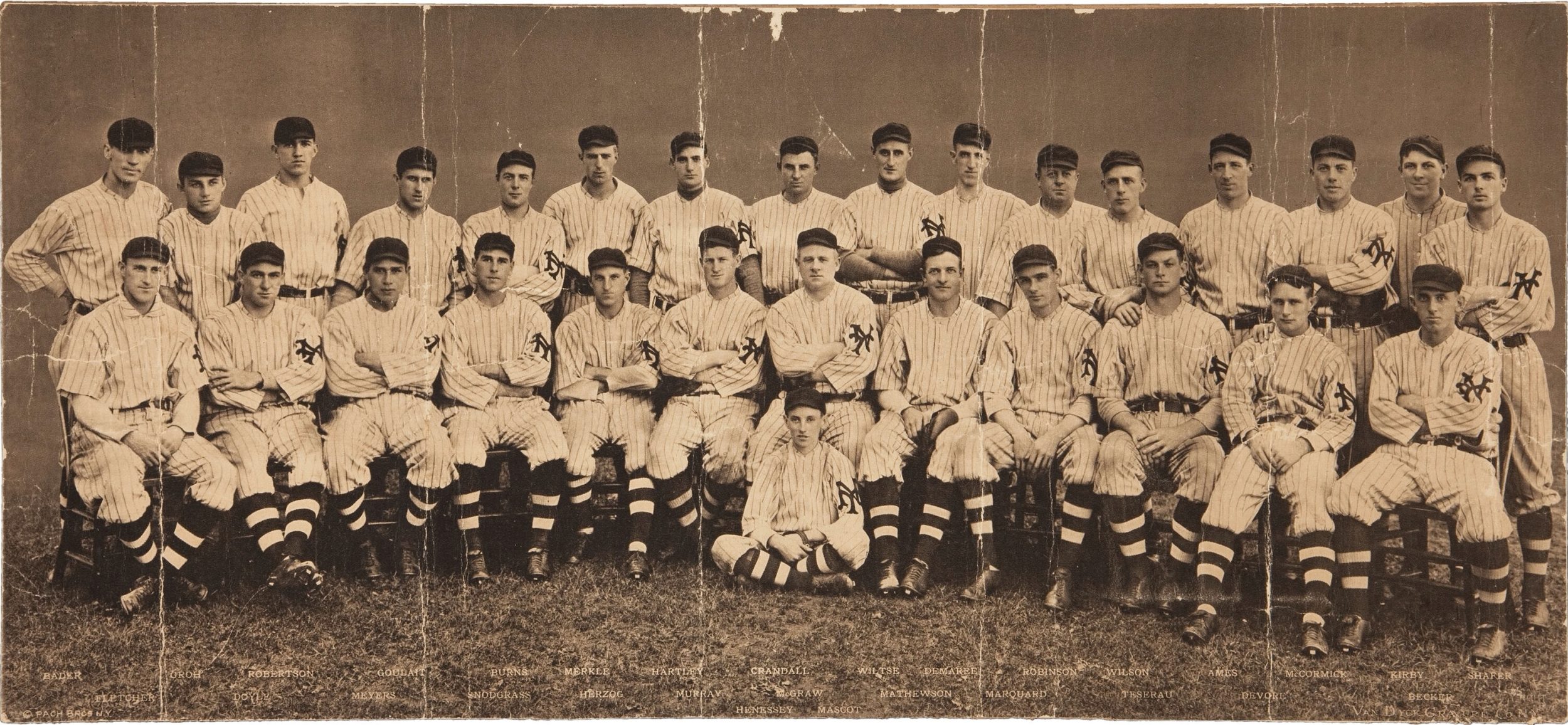
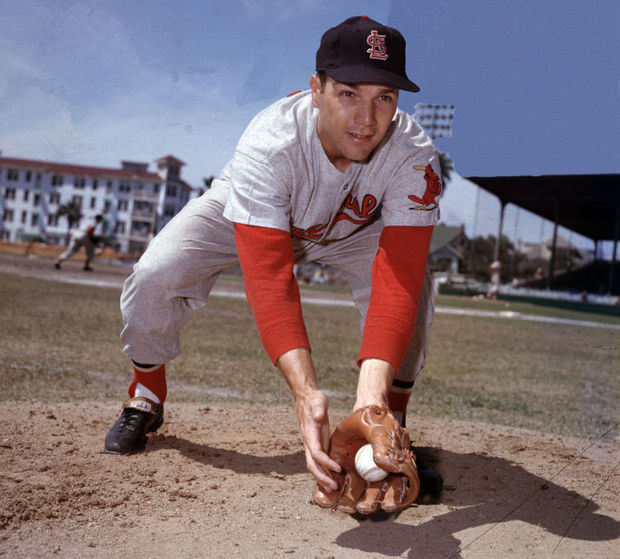
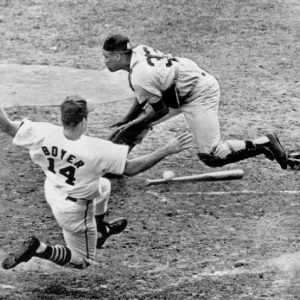
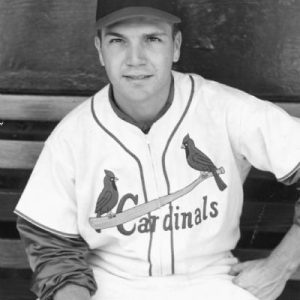
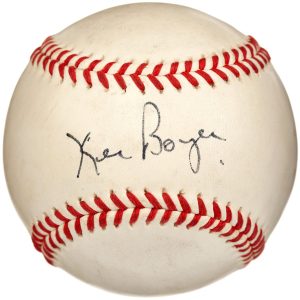
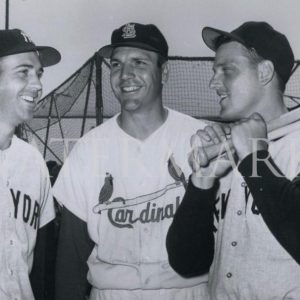
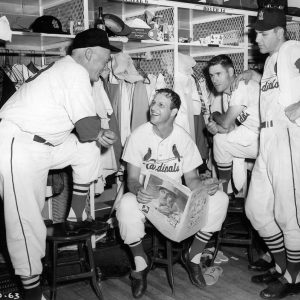
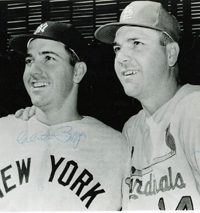
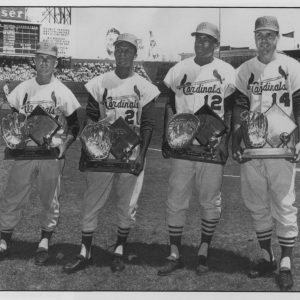
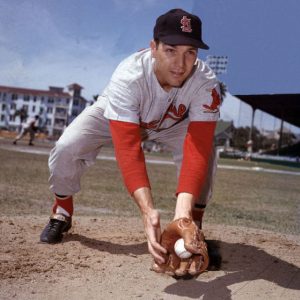
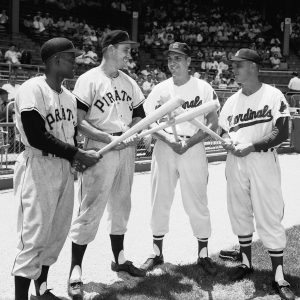
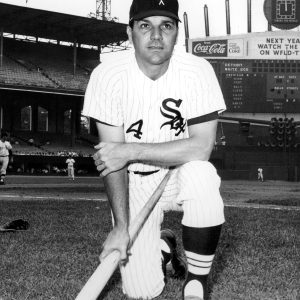
Gary, Luis Tiant’s numbers mirror Catfish Hunter’s stats. I don’t agree on Boyer and on the fence on Allen.
My vote is el Tiante all the way.
Thanks Paul. I agree that Tiant would be a great pick. All I can say about Boyer is that he compares favorably with third basemen already in. It’s also the most underrrepresented position in the Hall, and the hardest to get in. We’ll see!
I like Ken Boyer, but I have to say that he is a close call for the Hall. As I see it, he has two contemporaries in the HOF, Brooks Robinson who made the Hall on his fielding ability and Eddie Mathews who got in on hitting. Boyer’s offensive stats are better than Robinson’s and not as good as Mathews’s. His fielding doesn’t stand up to Robinson’s and is comparable to Mathews’s whose good fielding was forgotten due to his offensive production. As for Allen: awful defense, hitting comparable to Mike Schmidt, although in a shorter career. Another close call.
You folks already know I disagree on Allen. I was a big fan of Ken Boyer’s during his playing days especially when he gave up playing third base and moved to centerfield for Eddie Kasko in 1957 (Great teammate). Boyer returned to third the next year when the Cards traded for Curt Flood. Ken was headed to the Hall up to 1965 when his career suddenly went downhill. He hung on until 1969, I think he had back trouble. My personal formula for HOF -(BB+Runs) x .50 +TB+RBI+SB puts him short of my 6,000 HOF threshold by 400 offensive points. However, considering he spent 1952-1953 in military service which likely delayed his MLB rookie year by at least one year and because of his well-known defensive prowess, I would say he should be voted in.
Thanks Kevin…great observations! What’s the result of your fomula when you apply it to Dick Allen? And I wonder what percentage of guys already in would fall short of your threshold? That would be interesting to find out! Also, should your formula be adapted per position? As the essay points out, third base is the hardest position and most underrepresented in the Hall. It’s the unusual position that combines power hitting with quick reflexes, so the best third basemen typically won’t have the real high slugging stats that make one an automatic selection (with the exception of Schmidt and Matthews).
Under my formula Allen comes in at 5,628, Boyer at 5,598. For comparison, Brooks Robinson is 6,701. Formula is only devised for outfielders, DH’S, and corner infielders. Somewhere I have the data for most HOF’s and will try to dig it out. Middle infielders and catchers are a different breed and I never really came up with a good formula for them. I think that the lack of thirdbasemen in the Hall is more of a factor of there just hasn’t been a multitude of great thirdbasemen; Thirdbase requires deft hands and agile feet, but if you are any kind of hitter the teams generally move the player to the outfield or first base to save wear and tear on the body. Some HOF 3b using my formula: Frank Baker-4553 (out), Adrian Beltre-8323, Wade Boggs-6565, George Brett 8180, Chipper Jones-8093, Geoge Kell-4970 (out), Scott Rolen-6088, Pie Traynor-5543 (out) although Pie played a lot of SS and 2b which could garner him some additional review. Freddie Lindstrom-4797 (out), Ron Santo 6168.
Very inteesting. You might enjoy reading that book I mentioned in the essay: “The Hall of Fame Corrected,” by Eddie Daniels. He would disagree with some of your findings, but he agrees with you on Kell, Traynor, and Lindstrom.
If you are looking for thirdbasemen to promote to the Hall, peek at Darrel Evans (6843 and Craig Nettles (6265). Despite their .248 averages they were the premier third sackers of their day. I am going to read that book.
Kevin
This discussion is what makes baseball great.
When I was at the Hall of Fame in October, there is a sign on the wall as you enter the plaque gallery that states, “Maximum Occupancy-205.”
It was issued by the Otsego County Code Enforcement Office, not the Hall of Fame itself. But it did lead me to believe if we are applying modern metrics to consider past candidates passed over by the BBWAA since 1936, should we go back and apply metrics to consider decertifying “unworthy” members that the BBWAA voted in?
Naturally, that will never happen, but it is an
exercise as worthy as trying to make candidates that observers of prior eras thought were not worthy.
There are 274 former players as of today. Do we go back and review players like Roy Halladay, Harold Baines, Eppa Rixey, Ted Lyons and reconsider evicting them? How does Halladay with a 203-105 with a 3.38 ERA and 2,117 K’s get in while a Luis Tiant, who almost matches Catfish Hunter stats had a 229-172 with a 3.30 ERA .He pitched 156 more games and over 700 more innings than Halladay.
The point I’m making is that emotions, prejudices and stats comparable to other players in those eras don’t make for a straight line comparison.
All I’m saying is what is a HOF? Is it reserved for only the best of the best (however we define that) or do we award participation medals and give a pass to the members of the Hall of Pretty Good in the back door of Cooperstown? Not an existential query, but
something to ponder.
In the first 48 years of the Hall, 189 were inducted. In the intervening 38 years, 157 have been inducted, with the Era’s committee
contributions increasing over that time. Of the 274 players inducted, 115 have been approved by the Veteran’s/Era’s committee which means 42% of the players inducted were bypassed by the BBWAA.
Just a thought.
Interesting thoughts, Paul. Thanks.
In perfect agreement. Veteran’s Era Committee a good idea on paper, but should be limited to choosing players who finished playing before 1936.